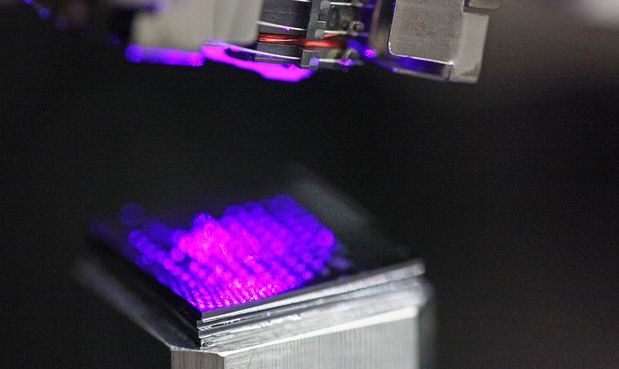
These three pillars of cybersecurity risk management need not stand alone. In fact, they all should be incorporated together in cybersecurity framework strategy to identify gaps, mitigate threats, and build resilience in the case of an inevitable cyberattack. Of course, there are many other elements and protocols associated with utilization of these cyber risk management pillars. Combining them creates a more holistic mindset that also makes it easier to plan and adapt. With the growing sophistication of global cyber-threats and the expanding digital attack surface, a vigilant three pillar approach makes good sense.
Chuck Brooks, President of Brooks Consulting International, is a globally recognized thought leader and evangelist for Cybersecurity and Emerging Technologies. LinkedIn named Chuck as one of “The Top 5 Tech Experts to Follow on LinkedIn.” Chuck was named as a 2020 top leader and influencer in “Who’s Who in Cybersecurity” by Onalytica. He was named by Thompson Reuters as a “Top 50 Global Influencer in Risk, Compliance,” and by IFSEC as the “#2 Global Cybersecurity Influencer.” He was named by The Potomac Officers Club and Executive Mosaic and GovCon as at “One of The Top Five Executives to Watch in GovCon Cybersecurity. Chuck is a two-time Presidential appointee who was an original member of the Department of Homeland Security. Chuck has been a featured speaker at numerous conferences and events including presenting before the G20 country meeting on energy cybersecurity.









